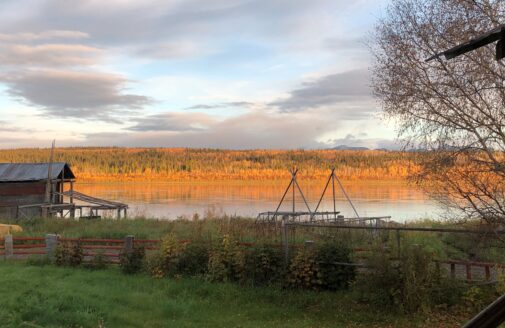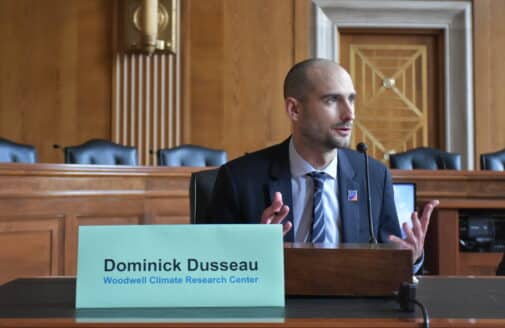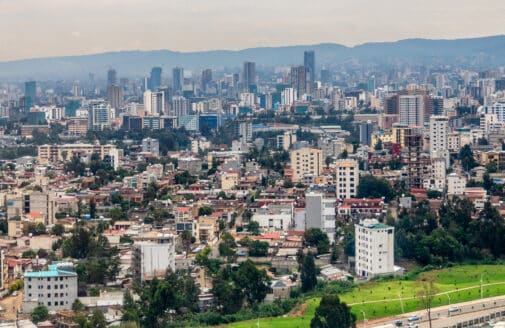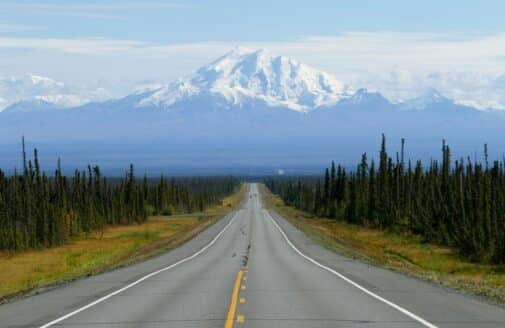McKinsey report: Climate risk an important part of corporate, government decision-making
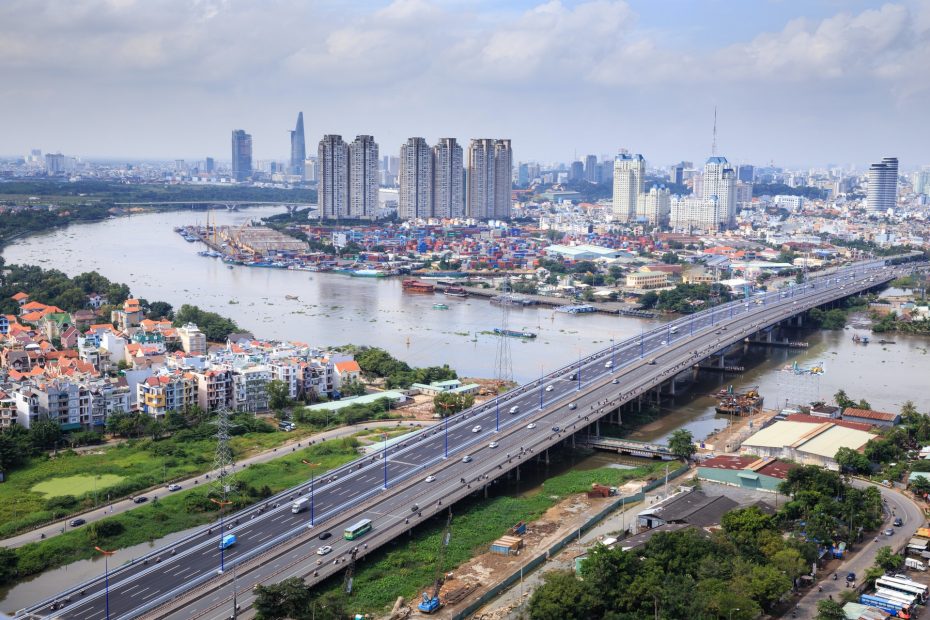
Quang Nguyen Vinh,
Hồ Chí Minh, Viet Nam
A new report from the McKinsey Global Institute (MGI) finds that physical climate risks are present and growing, suggesting leaders must take climate hazard assessment into account and consider adaptation measures. Woodwell Climate Research Center (formerly Woods Hole Research Center) scientists produced much of the analyses of physical climate hazards for the report, which finds that absent adaptation and mitigation, their under-recognized “non-linear” characteristics could lead to large-scale socioeconomic effects.
The report, Climate risk and response: Physical hazards and socioeconomic impacts, assesses the socioeconomic risk from “acute” hazards, such as floods or hurricanes, as well as from “chronic” hazards, which are long-term shifts in climate parameters like temperature. To focus on the time horizon of decisions being made today, the report looks at two periods: between now and 2030, and from 2030 to 2050.
Among the report’s key findings:
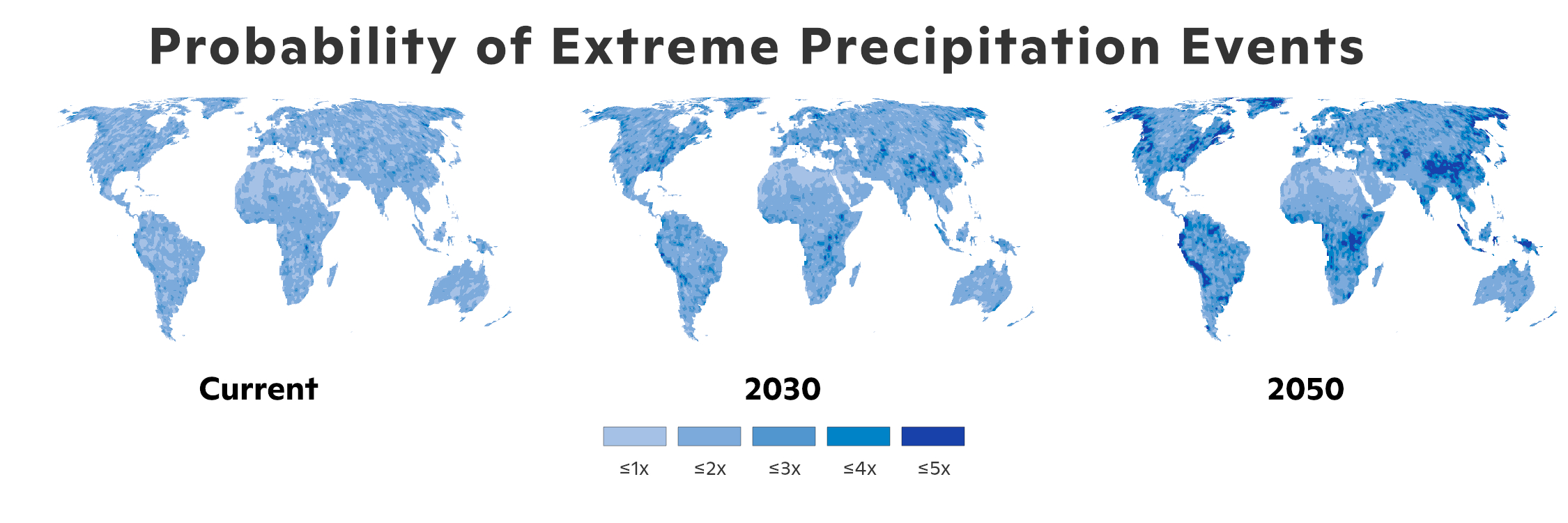
Map by Greg Fiske
Climate change impacts are felt today and are likely to grow, intensify, and multiply.
This will have direct effects on socioeconomic systems in five areas: livability and workability, food systems, physical assets, infrastructure services, and natural capital.
Global climate hazards are predicted to increase in frequency and/or severity as global average temperature rises. Parts of Central Africa, China, and the North American east coast will be at heightened risk of extreme precipitation by 2050.
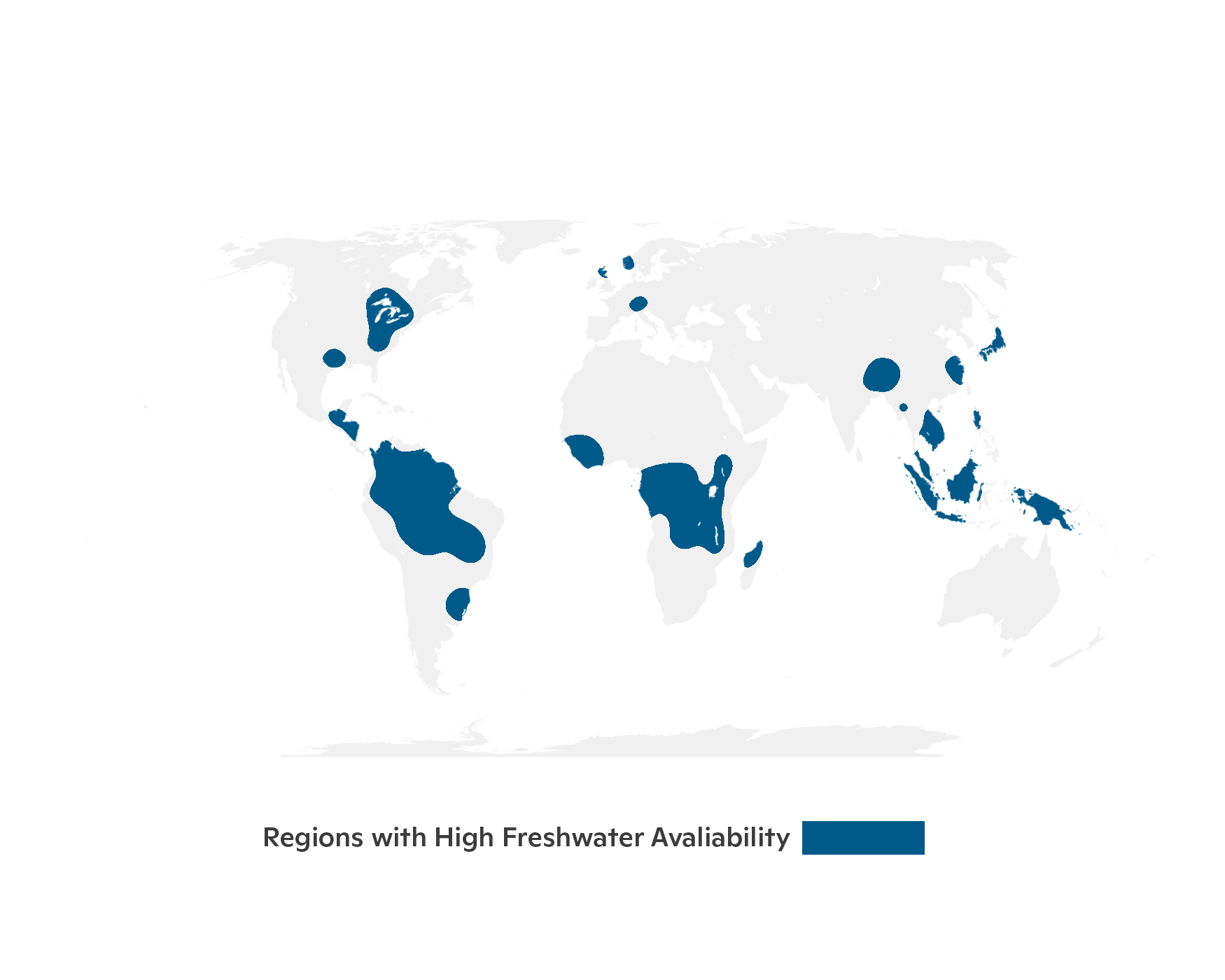
Map by Carl Churchill
The socioeconomic impacts of climate change will likely be non-linear as system thresholds are breached and have knock-on effects.
Societies and systems most at risk are ones already close to physical and biological thresholds. In Ho Chi Minh City, for example, direct infrastructure asset damage from a 100-year flood could rise from about $200-$300 million today to $500 million to $1 billion in 2050.Knock-on costs to the economy could rise from $100- $400 million to $1.5-$8.5 billion.
Climate risk creates spatial inequality. Although most countries are likely to experience a biome shift by 2050, which affects ecosystem services, local livelihoods, and species habitats, the poorest countries will often be more exposed to increasing climate risks. Countries that rely heavily on physical labor and natural capital are most vulnerable, and in most cases have less financial means to adapt quickly.
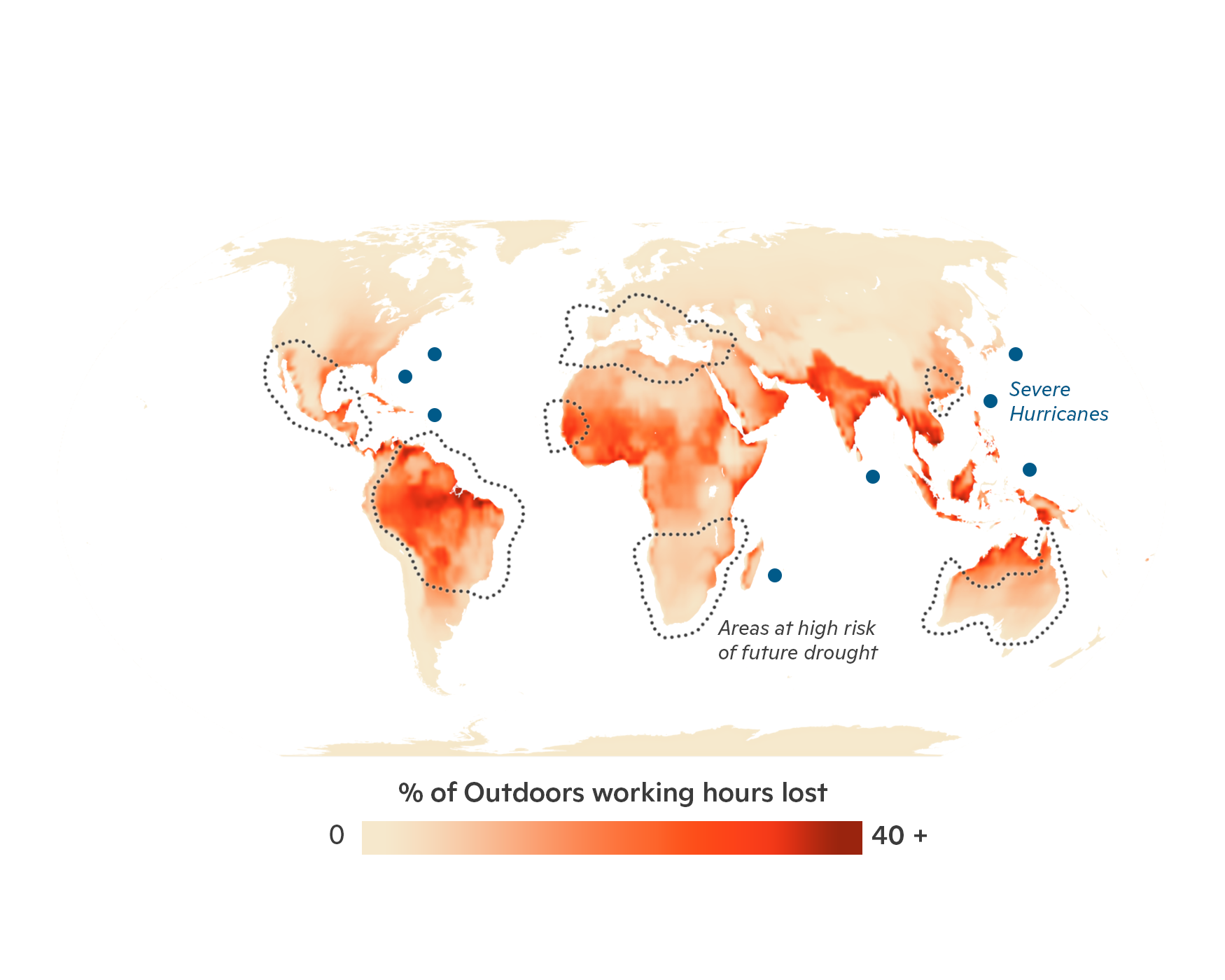
Map by Carl Churchill
The global socioeconomic impacts of climate change could be substantial as a changing climate affects human, physical, and natural capital.
The number of people living in areas with a non-zero chance of lethal heat waves would rise from essentially zero today to between 700 million and 1.2 billion by 2050.
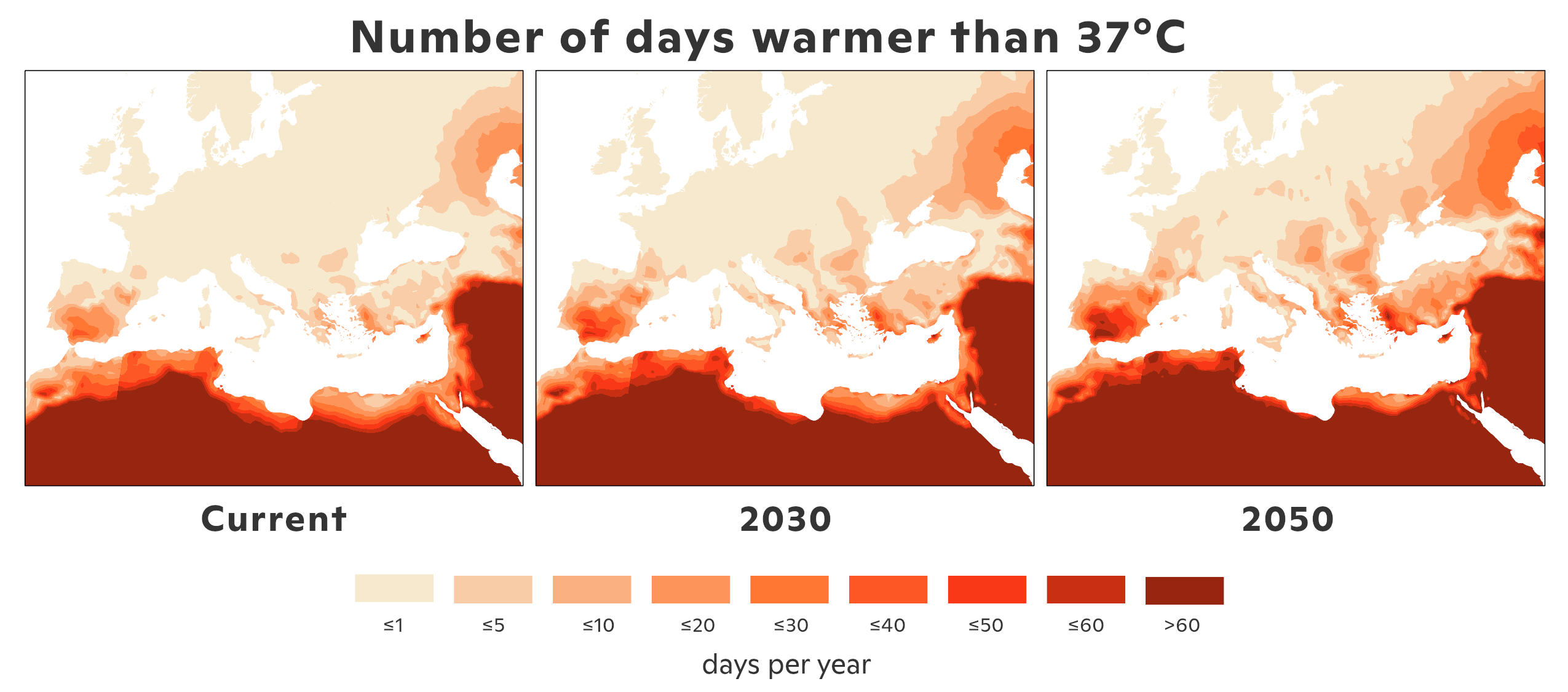
Map by Greg Fiske
The mild Mediterranean climate is expected to grow hotter and drier—by 2050, the climate in the French port city of Marseille could more closely resemble that of Algiers today. Increasing instances of extreme heat, drought, water stress, wildfires, and disease could disrupt key sectors such as tourism and agriculture.
Decision-makers will need to better understand physical climate risk, while accelerating adaptation and mitigation.
Policy makers and business leaders will need to translate climate science insights into potential physical and financial damages, through systematic risk management and robust modelling recognizing the limitations of past data. Preparations for adaptation—whether seawalls, cooling shelters, or drought-resistant crops—will need collective attention, particularly about where to invest versus retreat. Science tells us that the only way to reduce long-term climate risk is through decarbonization at scale.

MGI estimates inherent physical risk, absent adaptation and mitigation, to dimension the magnitude of the challenge and highlight the case for action. Climate science makes extensive use of scenarios ranging from lower (Representative Concentration Pathway 2.6) to higher (RCP 8.5) CO2 concentrations. MGI chose to focus on RCP 8.5, because the higher-emission scenario it portrays enables us to assess physical risk in the absence of further decarbonization.
The report’s release drew international media attention, with coverage in the Financial Times, Wall Street Journal, and CNBC, among many others.
“Many climate science reports focus on averages and the end of the century, but this report from the McKinsey Global Institute, leveraging climate hazard data from [Woodwell Climate Research Center], shows how our societies and economies could cross critical thresholds and face new vulnerabilities over less time than the duration of a typical mortgage. What emerges is a framework for using the insights of climate science,” said Dr. Spencer Glendon, Senior Fellow at Woodwell Climate and director of its research for the report. “This report makes clear that physical risk needs to be integral to decision-making the way financial and cyber risk now are. Fortunately, climate models perform vastly better than financial or economic ones. Decision-makers need to start using them.”




